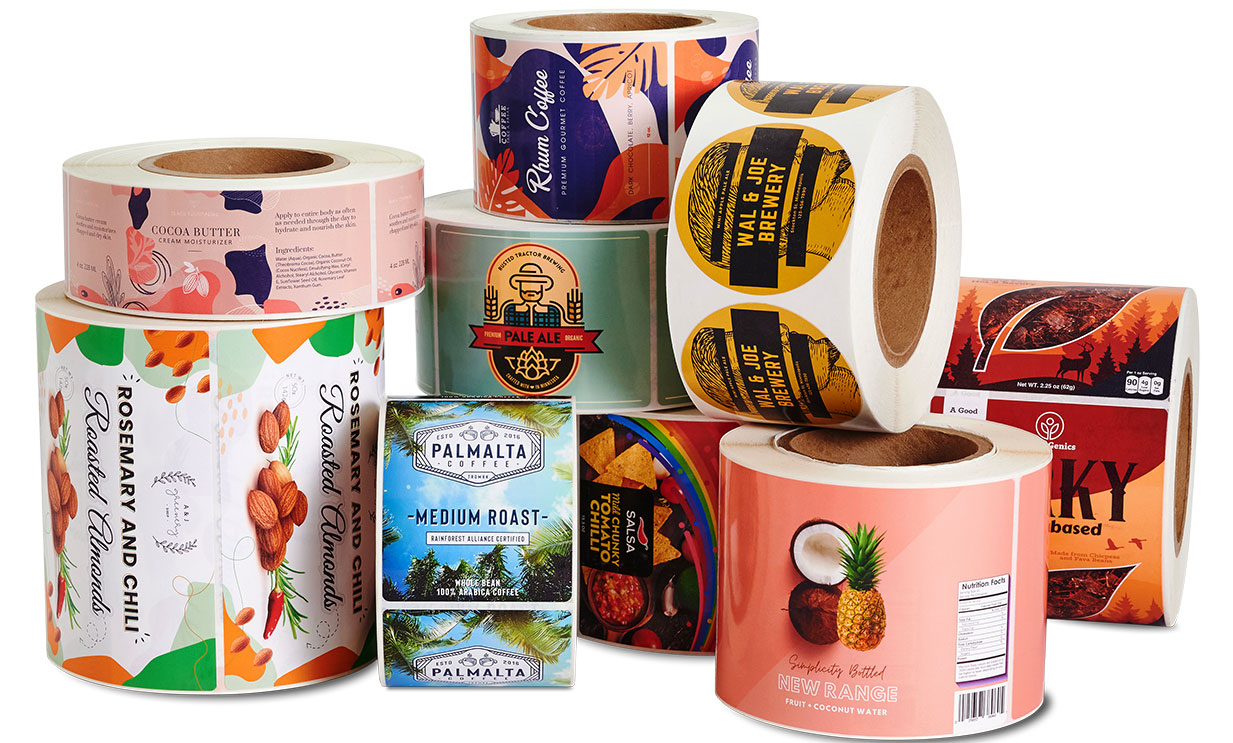Understanding the journey of a label or packaging design from conception to final printing is crucial to achieving high-quality results. This guide provides an in-depth look at the design-to-print process, ensuring each print job meets industry standards and customer expectations. A solid grasp of pre-press procedures helps eliminate potential errors, saving both time and costs.
The Evolution of Pre-Press and Reprographics
Pre-press encompasses all activities necessary for preparing labels and packaging for production. The key stages include:
- Design and Origination – Creating and finalizing artwork.
- Preparation for Printing – Refining artwork, adjusting colors, and optimizing elements for print.
- Proofing – Previewing designs at different stages to ensure accuracy.
- Output – Producing films, printing plates, and other necessary components.
Traditional vs. Modern Pre-Press Techniques
Historically, pre-press relied on manual, photography-based techniques, including:
- Typesetting – Arranging text manually.
- Artwork Preparation – Combining text and images on physical boards.
- Proofreading & Copy-Editing – Ensuring accuracy in content.
- Color Separation & Screening – Manually segmenting images into CMYK layers.
- Retouching & Inspection – Adjusting images and verifying quality on light tables.
The 1980s revolutionized pre-press with digital technology, notably the Apple Macintosh, Adobe InDesign, QuarkXPress, and PostScript. By the 2000s, computer-aided pre-press became the industry standard, eliminating darkrooms and manual techniques in favor of digital file handling and automated proofing.
The Digital Age of Design & Printing
Today, design teams leverage computers, the internet, and high-resolution imaging to execute projects remotely. The benefits of digital pre-press include:
- Remote Design & Proofing – Instant access to files from any location.
- Precision Adjustments – Quick modifications to color, layout, and typography.
- Faster Production Cycles – Digital workflows reduce turnaround times and costs.
- Seamless Customer Collaboration – Clients can review and approve designs in real time.
The rise of digital printing has further streamlined the process, increasing efficiency while maintaining high-quality standards.
The Design Process: Key Considerations
Most of a project’s time and cost are invested before production begins. Early stages, such as planning and creative development, play a vital role in preventing costly errors later. A thorough pre-press approach ensures that the final printed label aligns with customer expectations and industry specifications.
The ultimate success of a print project depends on understanding the printing method used and preparing all data accordingly. Each step in the design-to-print journey must be carefully managed to ensure precision, efficiency, and cost-effectiveness.
